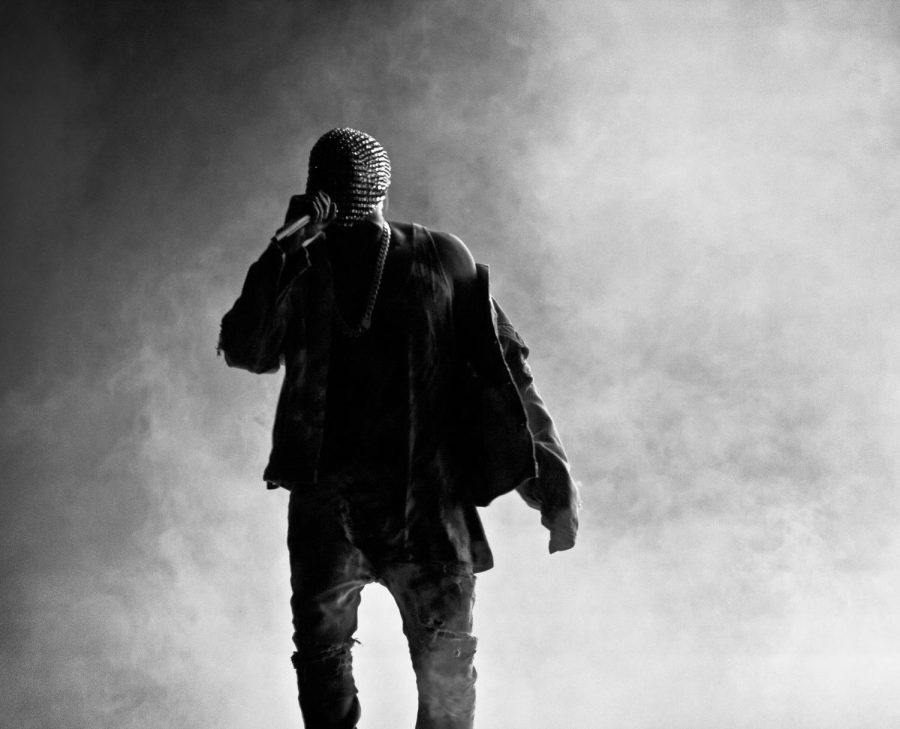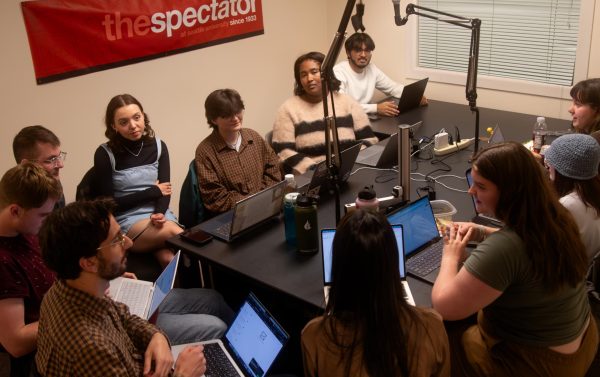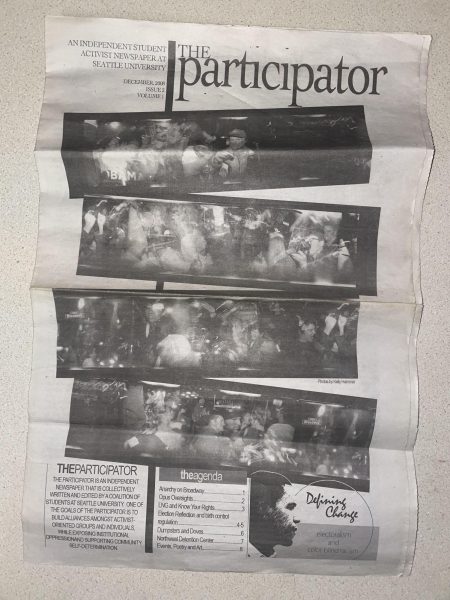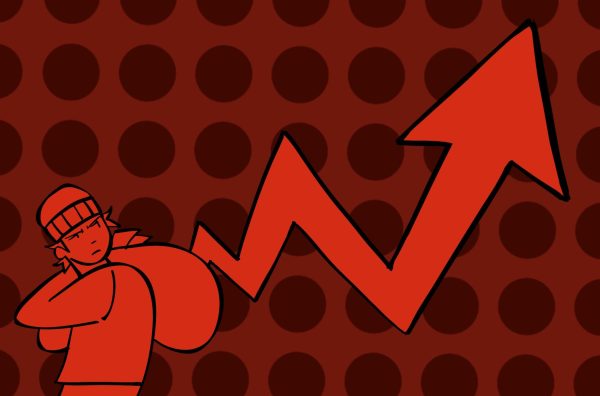Ye’s Controversial History: Can We Separate Art from Creator?
Rapper Ye West, formerly known as Kanye, has been embroiled in a string of controversies regarding anti-semetic and racist commentary leading to Twitter and Instagram account suspensions and a lawsuit filed against him by George Floyd’s family. This quick succession of events has fans, onlookers and fellow celebrities monitoring the musician and wondering where the line between entertainment and reckless behavior is drawn.
West is no stranger to attracting public attention. In 2009, West made his mark at the MTV Video Music Awards by interrupting Taylor Swift’s acceptance speech for Best Video by a Female Artist. In recent years he has garnered media attention in the political sphere after publicly endorsing former President Donald Trump, and declaring he was running for president in 2020.
However, the sequence of recent events involving West stand out as particularly disturbing to online observers and fans. In early October, West went viral for wearing a shirt labeled “White Lives Matter” while standing beside Candace Owens at his Yeezy show during Paris fashion week.
Kanye tweeted that he would “go death con 3 on JEWISH PEOPLE,” Oct. 9, an anti-semetic message that caused a flurry of criticism and concern. After he was banned from posting on both Instagram and Twitter, his interview for the “Drink Champs” podcast went viral, in which he falsely claimed that fentanyl was the culprit behind the death of George Floyd and discussed how Jewish communities control the media. These statements lead to the lawsuit brought on by Floyd’s family.
Ofir Nahon, a second-year marketing major and treasurer for the Jewish Student Union at Seattle University, discussed the difficulty of wrestling with the influence of West’s statements about Jewish people.
“I’ve been a Kanye fan for a while. So the comments he made, as a fan and as a Jewish and Israeli person, struck a little bit close to me. It’s tough defending him at this point,” Nahon said.
Benedict Stork, a film studies professor who focuses on comparative studies in discourse and society, spoke about the complex task people are confronted with when it comes to ethically consuming art that was produced by an artist making harmful comments.
“I don’t think it’s entirely possible to separate [art from artist] but I also don’t think we should identify one with the other entirely, that is, I don’t think we should reduce the art object to its creator,” Stork said. “If we were to say, banish the art object because of the bad behavior of the creator, what happens to all those other people’s work, did they not do anything there?”
He also pointed out that by avoiding linking art with its creator and allowing it to transcend past the artist and into the social sphere, art can be enjoyed and make a positive impact on many people.
“Art is something that ends up being out in the world. Lots of people get to see it and it circulates, people have encounters with it and different experiences with it. So it becomes not the property of the artist or their bad behavior but a social object that we gather around, interact with and discuss,” Stork said.
Stevie Rodler, a third-year student double majoring in communications and theater, feels that she can’t separate the art from the artist.
“If I don’t want to monetarily support someone I won’t consume their art. I think it’s subjective, though, and some people may not see a problem with separating art from artist. I’m not sure I think there’s a correct answer, although I do think money allows for artists to further themselves in our capitalistic society, thus giving them more of a platform,” Rodler said.
Caitlin Carlson, communications department chair, discussed the responsibility that platforms hold when it comes to producing content that involves a controversial celebrity.
“I think that one of the things to consider when we think about a platform or an interview is that we’re not doing it as a way of being exploitative. This person is in crisis, by interviewing them I am sure to get likes or clicks or views,” Carlson said.
Carlson also noted that on the other hand, restricting what people have to say poses some problems.
“I would be worried about a potential chilling effect, that someone might not have a person on because of fear that they might say something out of pocket or harmful,” Carlson said.
Similarly to Stork, Carlson agrees that it’s a complex question to answer.
“It’s complicated, but I do think it’s worth thinking about especially if you’re turning on the mic and letting somebody ride, do you have a responsibility ethically for being the one that turned on the mic? Maybe,” Carlson said.
In response to his recent anti-semitic remarks, high fashion corporate giants Balenciaga, Adidas and Anna Wintour of Vogue, have ended their relationships with West.
In an age where celebrity influence extends far beyond the art they produce, considering the increasing impact of problematic behavior from creators is becoming not just a philosophical question, but a tangible debate as to how to ethically consume art.











